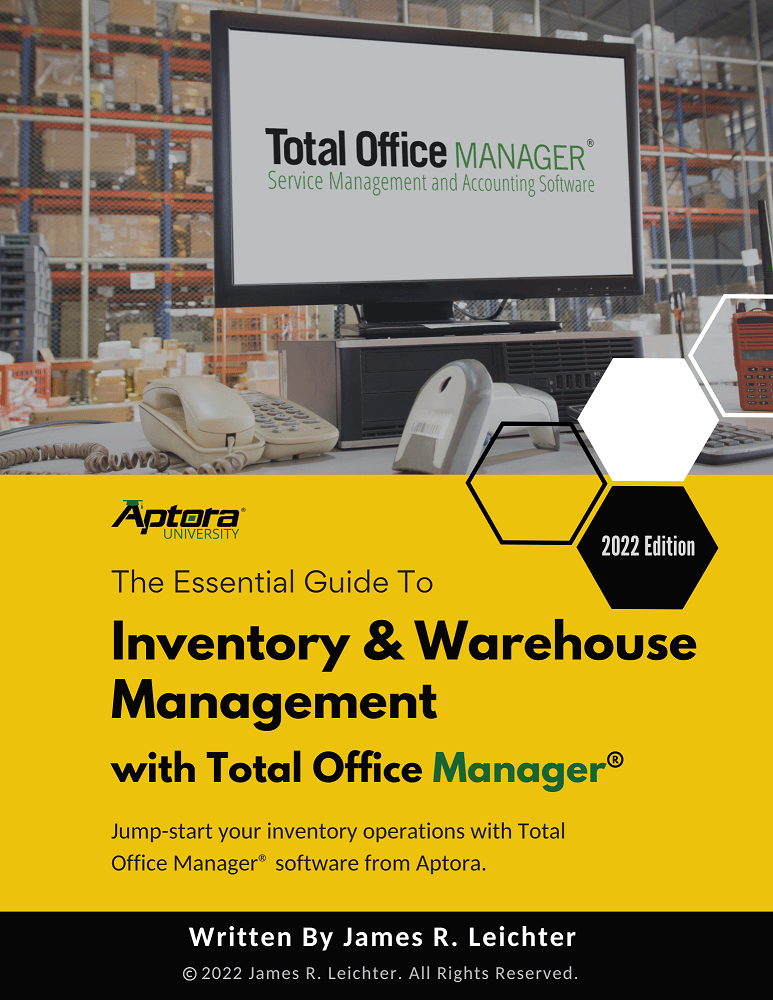
How to Write a Winning HVAC Business Plan (FREE Template)
In my 27 years navigating the trenches of this industry, from turning a wrench to consulting for hundreds of contractors, I’ve seen a clear dividing

Key Takeaways
Every field service accountant has faced the dilemma of outstanding invoices collecting dust on the books. Whether you’re tracking down payments for emergency HVAC repairs or routine electrical maintenance, unpaid invoices can quietly sabotage your business. That’s why knowing exactly what’s owed—and for how long—is critical.
Enter the aged trial balance, your secret weapon against overdue payments! In this no-nonsense guide, we’ll walk you through exactly what an aged trial balance is, how it can help, common pitfalls, and how to easily create one. Ready to get paid faster and keep your sanity intact? Let’s dive in.
In simple terms, an aged trial balance is a detailed snapshot of what customers owe you, organized by how long their payments are overdue. Typically, these balances are grouped into buckets like:
Think of it as your business’s financial detective report—highlighting exactly who’s late, by how much, and just how overdue they really are.
| Customer | Current | 30 Days | 60 Days | 90+ Days | Total Owed |
| Mark Snow | $2,000 | $500 | $0 | $0 | $2,500 |
| John Graham | $0 | $0 | $1,500 | $2,000 | $3,500 |
| Total | $2,000 | $500 | $1,500 | $2,000 | $6,000 |
This snapshot immediately tells you:
If cash is king, visibility into cash flow is your crown. An aged trial balance gives immediate clarity, highlighting where cash flow might be bottlenecked.
Seeing exactly who owes what motivates quicker follow-ups. You can prioritize older debts and keep your business flush with cash instead of IOUs.
Consistent delays or increasing overdue balances signal deeper issues—maybe the customer faces cash flow trouble themselves. Catching this early lets you take proactive steps.
If John Graham constantly slips into the 90-day bucket, maybe it’s time to reconsider those generous payment terms.
This issue is most likely a symptom of relying on manual bookkeeping, and your report is only as valuable as its accuracy. Monthly or weekly updates are crucial. An aged trial balance from three months ago isn’t helpful—it’s financial archaeology.
Solution: If you don’t already, use a reliable accounting software and schedule regular report generation—then stick to it like clockwork.
No accounting software? Try Aptora’s Total Office Manager—equipped with enterprise-level accounting features, certified payroll, advanced inventory tracking, and more!
Having data without acting on it is like owning a fancy toolbox and never fixing anything. Unpaid balances demand attention and action.
Solution: Develop clear procedures for following up overdue accounts.
If invoices aren’t accurately assigned to the correct aging buckets, you’re chasing shadows, not actual overdue payments.
Solution: Ensure your accounting software or manual system correctly categorizes invoices by due date.
Not all overdue balances signal trouble. A reliable client who occasionally misses by a few days isn’t the same as a chronic offender.
Solution: Use historical context when interpreting your aged trial balance. Be strategic, not robotic.
Want to dive deeper into managing late-paying clients? Check out this helpful guide from the U.S. Chamber of Commerce: How to Handle Late-Paying B2B Clients.
From your accounting software (QuickBooks, Xero, Aptora, etc.), extract a detailed Accounts Receivable (A/R) report listing all outstanding invoices, due dates, and amounts.
Clearly bucket your invoices according to how overdue they are:
Use a spreadsheet or the built-in tools within your accounting software—no need to overcomplicate things.
Formula Example in Excel:
If today’s date is in cell A1 and the invoice due date is in B1, you could use a formula like:
=IF(($A$1-B1)<=30,”Current”,
IF(($A$1-B1)<=60,”30 Days”,
IF(($A$1-B1)<=90,”60 Days”,”90+ Days”)))
This automatically labels invoices by aging category.
Now, organize your aged invoices by customer so you can quickly see each client’s outstanding total.
Your work isn’t complete until you’ve reviewed and prioritized follow-up actions. Highlight accounts needing immediate attention and assign clear next steps—calls, emails, or even stopping further services until balances are cleared.
With your aged trial balance in hand, follow these quick strategies:
Like any financial tool, regular maintenance makes all the difference. Incorporate these simple habits:
For field service businesses, unpaid invoices aren’t just numbers—they’re essential resources trapped in financial limbo. An effective aged trial balance unlocks those resources, guiding your focus toward cash flow efficiency and healthier accounts receivable.
Regular attention to this crucial financial snapshot keeps your business running smoothly, ensuring payroll stays covered and suppliers remain happy. Don’t let overdue invoices age quietly in the background—shine a spotlight on them and reclaim your cash.
Ideally, you should update it weekly, especially if your business sends out frequent invoices or has tight cash flow. Monthly reviews are the bare minimum. The more often you update it, the quicker you can spot and respond to overdue accounts. Regular updates also help you avoid surprises at month-end. Think of it like checking your vital signs—consistency keeps your business healthy.
Most accounting platforms like Aptora, QuickBooks, Xero, and FreshBooks offer built-in aged trial balance reports. You can also use Excel or Google Sheets with formulas if you prefer a manual approach. For automation, set recurring reports and email alerts within your software. This saves time and ensures nothing falls through the cracks. Make sure your invoice due dates are accurate so aging calculations work properly.
Not exactly—an aged trial balance is designed for accounts receivable (money customers owe you). To track what you owe vendors, you’ll want an accounts payable aging report instead. It works the same way, categorizing how overdue your business’s bills are. Reviewing both reports gives you a full picture of cash flow. Together, they help you balance what’s coming in with what’s going out.
First, pause any collection activity and review the invoice details with the customer. Check for errors, missing documentation, or unclear terms. Open communication can often resolve disputes quickly and professionally. Once the issue is cleared up, adjust your records as needed. Keeping detailed notes and proof of service helps prevent these issues from recurring.
Use a simple, color-coded summary to highlight overdue buckets—especially the 60–90+ day ranges. Include totals by customer and note any high-risk accounts. If you’re presenting to leadership, keep it visual with charts or heat maps to quickly convey urgency. For team meetings, pair the data with specific action steps, like who will follow up and when. Clear visuals + a plan = faster results.

Subscribe to our newsletter


By submitting this form, I agree to receive marketing communication via phone call, email, or SMS from Aptora.

By submitting this form, I agree to receive marketing communication via phone call, email, or SMS from Aptora.